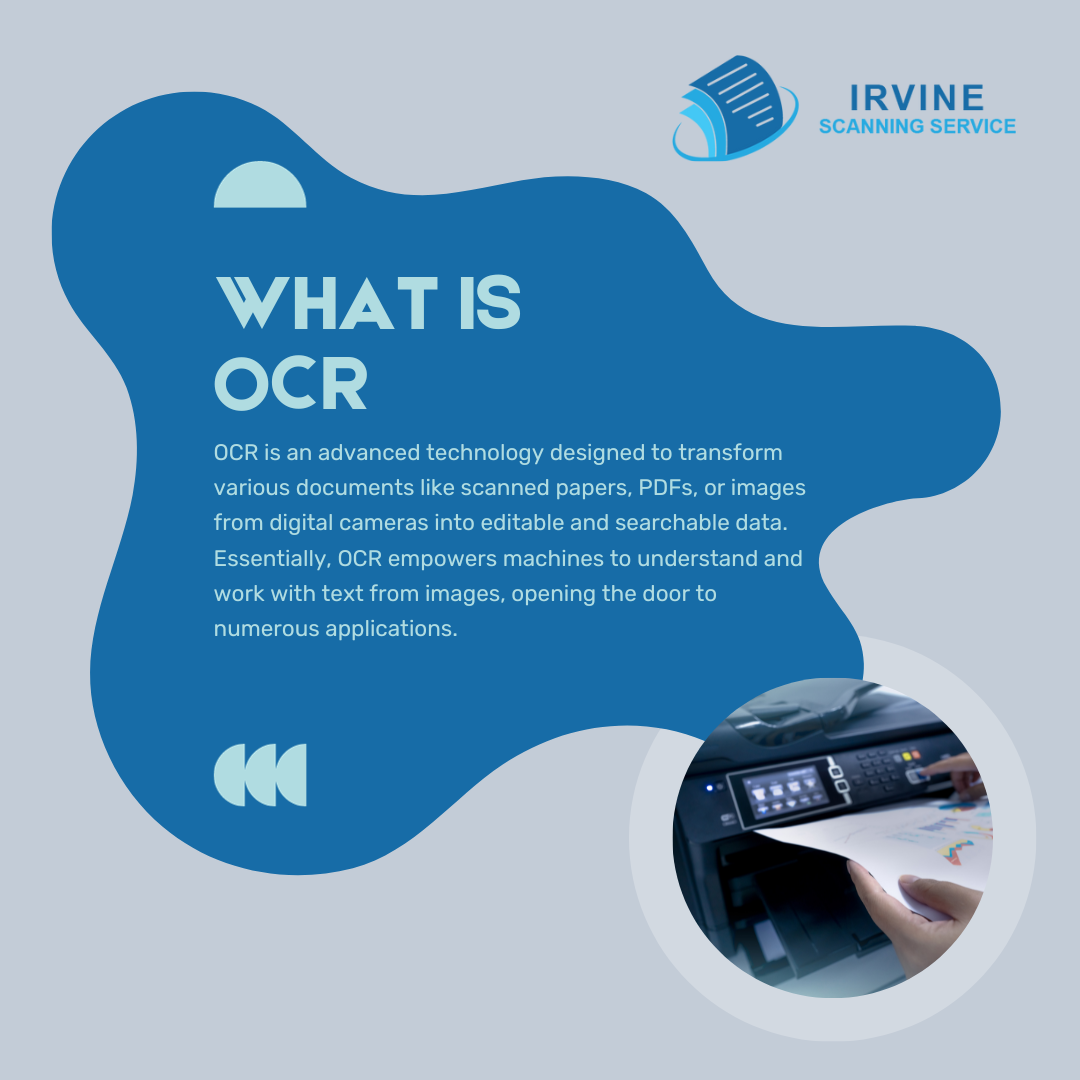In our digital era, where information reigns supreme, Optical Character Recognition (OCR) emerges as a pivotal technology. This helps transform the way we interact with text-based content. This guide is your gateway to understanding the core of OCR, its intricate workings, and the profound impact it wields in our digitally-driven society.
What Is OCR (Optical Character Recognition)

OCR is an advanced technology designed to transform various documents like scanned papers, PDFs, or images from digital cameras into editable and searchable data. Essentially, OCR empowers machines to understand and work with text from images, opening the door to numerous applications.
The Mechanics of Optical Character Recognition
- Image Capture: The OCR journey begins with capturing an image of the document at hand, seamlessly accommodating scanned pages, smartphone photos, or any digital images.
- Pre-processing: Before delving into analysis, the captured image undergoes pre-processing to elevate its quality. This involves tasks such as noise reduction, contrast adjustment, and image binarization.
- Text Detection: Optical Character Recognition algorithms come into play, employing advanced techniques to discern text regions and distinguish between text and non-text elements.
- Character Recognition: Identified text regions undergo character recognition, where characters are meticulously identified and translated into machine-readable text through intricate pattern matching.
- Post-processing: Following character recognition, post-processing steps refine the results, correcting errors and ensuring an accurate representation of the text.
- Output: The culmination of this process is machine-encoded text — a malleable and searchable entity ready for application across various platforms.
OCR in Action: Where Innovation Meets Practical Application
- Document Digitization: OCR serves as the catalyst for transforming physical documents into digital formats, streamlining storage, retrieval, and information sharing.
- Data Extraction: Businesses harness the power of OCR to extract valuable information from data, simplifying and enhancing data entry processes.
- Accessibility: Optical Character Recognition becomes a beacon of inclusivity. This makes printed or handwritten content accessible to individuals with visual impairments by converting it into speech or braille.
- Translation Services: Translation apps leverage OCR’s capabilities to recognize and seamlessly translate text, effectively bridging language barriers.
- Mobile Applications: The integration of OCR in mobile apps elevates user experiences, enabling tasks such as text recognition, augmented reality, and effortless document scanning.
Start the Scanning Process Today with Irvine Scanning Services
In a landscape of continuous technological evolution, OCR is on the cusp of sophistication. Machine learning and artificial intelligence enhance OCR accuracy, especially in navigating diverse fonts, languages, and document layouts. The horizons of this application continue to expand, promising innovation and efficiency across diverse domains.
Optical Character Recognition emerges not just as a technology but as a dynamic force reshaping our interaction with textual information. From simplifying data entry to ensuring universal accessibility, OCR solutions stand as trailblazers at the forefront of our digital evolution. Connect with us at Irvine Scanning Services for a complimentary quote on Optical Character Recognition services. Give us a call at (949) 407-8598 or fill out the form.
